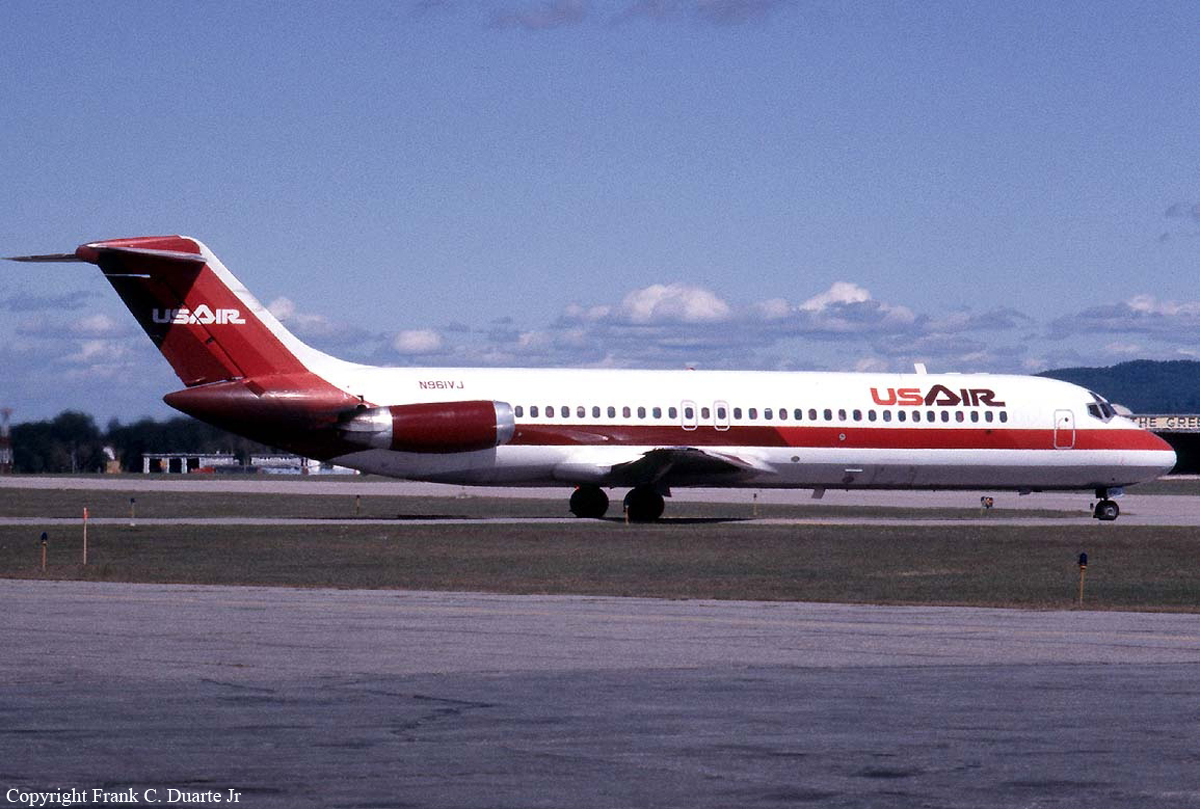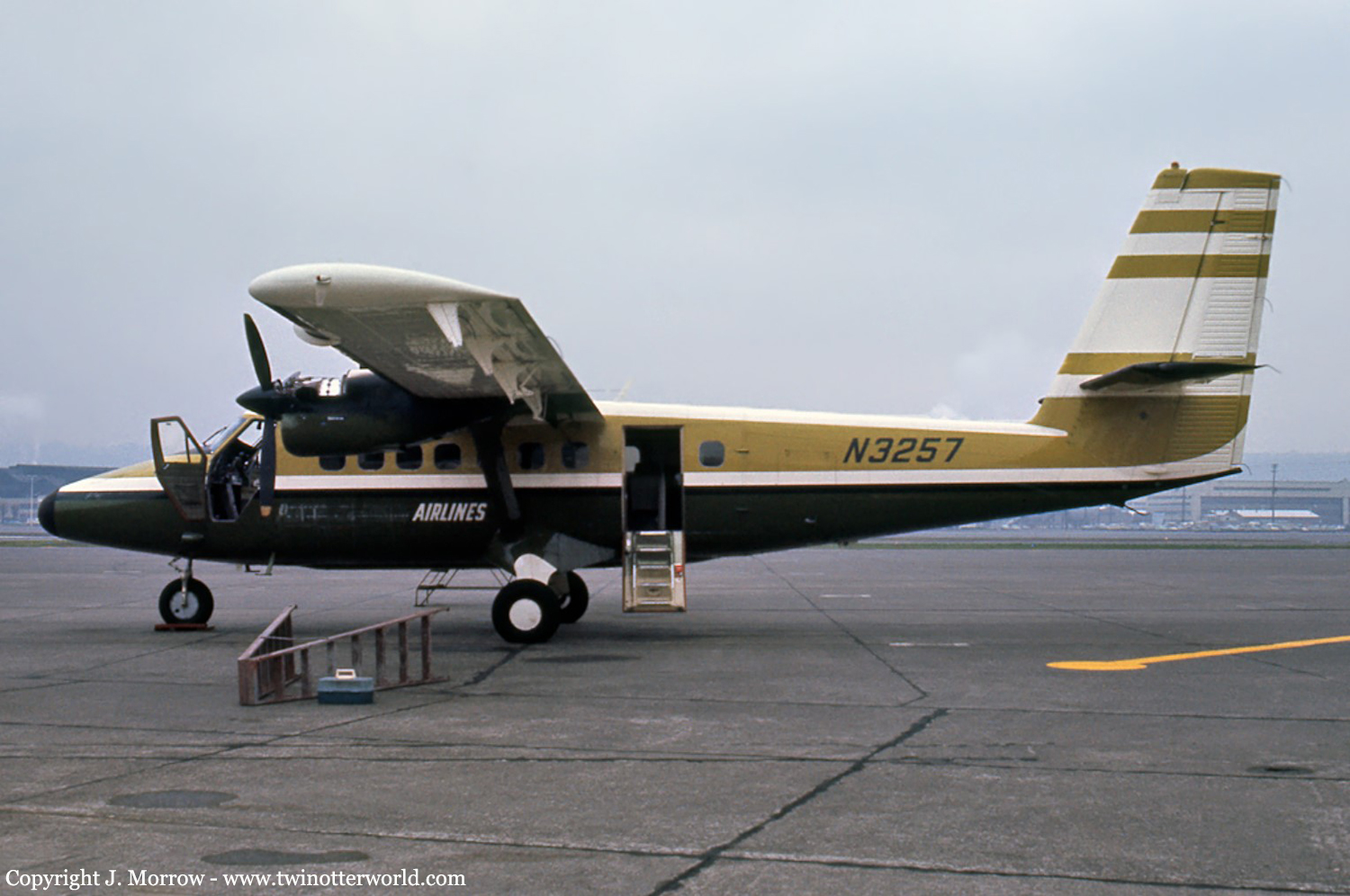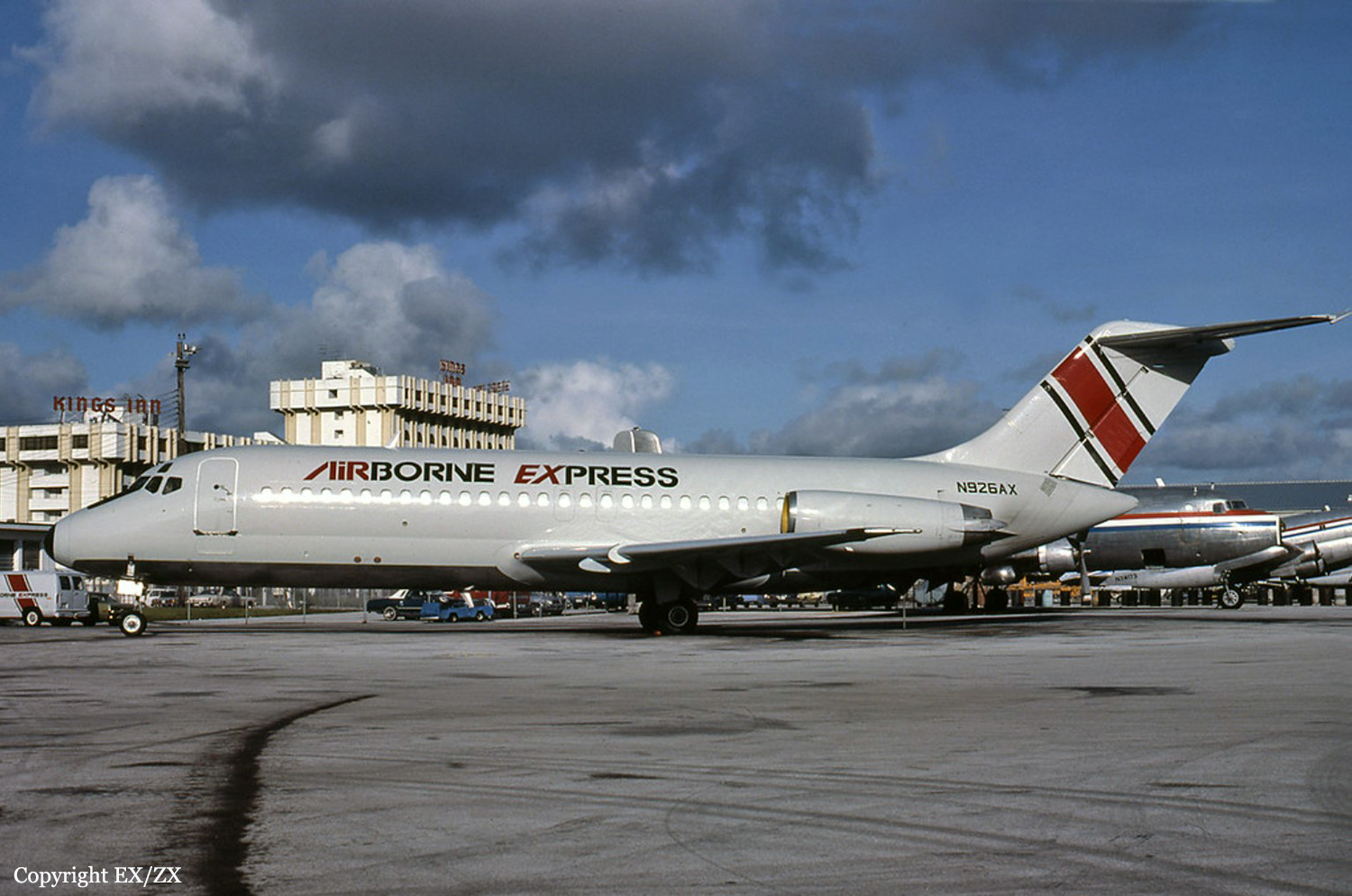Crash of a Dassault Falcon 10 in Coatesville
Date & Time:
Feb 27, 1986 at 2230 LT
Registration:
N821LG
Survivors:
Yes
Schedule:
New York-JFK – Lexington
MSN:
170
YOM:
1980
Crew on board:
2
Crew fatalities:
Pax on board:
4
Pax fatalities:
Other fatalities:
Total fatalities:
0
Captain / Total hours on type:
963.00
Aircraft flight hours:
1447
Circumstances:
As the aircraft was climbing thru 19,000 feet at night, the #2 generator (gen) light came on. The flight crew noted there was no output from the #2 gen and it would not reset. They then checked the #1 gen voltage and noted it was 14 to 15 volts. The crew reduced the electrical load; however, about 5 minutes later, the batteries became discharged and there was a total loss of electrical power. Using a flashlight, the crew diverted to the Chester County Airport which had a 4,600 feet runway. The gear was extended with the emergency system. The elevator trim was inoperative, so both pilots applied back pressure on the yoke to overcome the nose down tendency. After landing about 1/4 of the way down the runway, the crew tried to use the thrust reversers, but the reversers were inoperative. Subsequently, the aircraft continued off the side and beyond the end of the runway, hit a wooden beam and a snowbank, then came to rest in a ditch. An investigation revealed a shaft failure of the #2 gen (starter/gen) and worn brushes in the #1 gen. With total electrical failure, the following were also inoperative: wing flaps, anti-skid, capt's airspeed indicator and altimeter, nose wheel steering, cockpit lighting.
Probable cause:
Occurrence #1: airframe/component/system failure/malfunction
Phase of operation: cruise
Findings
1. (f) maintenance - inadequate - other maintenance personnel
2. (c) electrical system, generator - worn
3. (c) electrical system, generator - failure,total
4. Electrical system, battery - exhaustion
5. Electrical system - inoperative
6. Comm/nav equipment - inoperative
7. Flt control syst, stabilator trim - inoperative
8. Flight control, flap - inoperative
9. Landing gear, steering system - inoperative
10. Landing gear, anti-skid brake system - inoperative
11. Thrust reverser - inoperative
----------
Occurrence #2: loss of control - on ground/water
Phase of operation: landing - roll
Findings
12. (f) light condition - dark night
13. Performed
14. Precautionary landing - performed
15. (f) directional control - not maintained - pilot in command
16. Ground loop/swerve - uncontrolled
----------
Occurrence #3: overrun
Phase of operation: landing - roll
Findings
17. (f) powerplant controls - improper use of - pilot in command
----------
Occurrence #4: on ground/water collision with object
Phase of operation: landing - roll
----------
Occurrence #5: on ground/water encounter with terrain/water
Phase of operation: landing - roll
Phase of operation: cruise
Findings
1. (f) maintenance - inadequate - other maintenance personnel
2. (c) electrical system, generator - worn
3. (c) electrical system, generator - failure,total
4. Electrical system, battery - exhaustion
5. Electrical system - inoperative
6. Comm/nav equipment - inoperative
7. Flt control syst, stabilator trim - inoperative
8. Flight control, flap - inoperative
9. Landing gear, steering system - inoperative
10. Landing gear, anti-skid brake system - inoperative
11. Thrust reverser - inoperative
----------
Occurrence #2: loss of control - on ground/water
Phase of operation: landing - roll
Findings
12. (f) light condition - dark night
13. Performed
14. Precautionary landing - performed
15. (f) directional control - not maintained - pilot in command
16. Ground loop/swerve - uncontrolled
----------
Occurrence #3: overrun
Phase of operation: landing - roll
Findings
17. (f) powerplant controls - improper use of - pilot in command
----------
Occurrence #4: on ground/water collision with object
Phase of operation: landing - roll
----------
Occurrence #5: on ground/water encounter with terrain/water
Phase of operation: landing - roll
Final Report:













